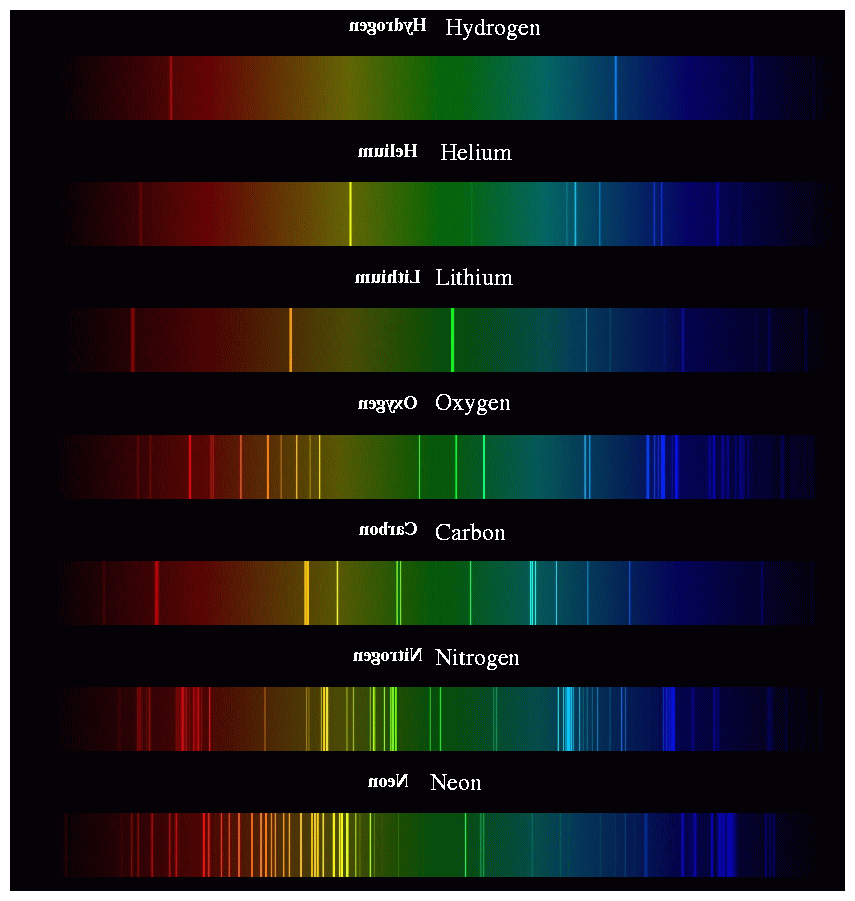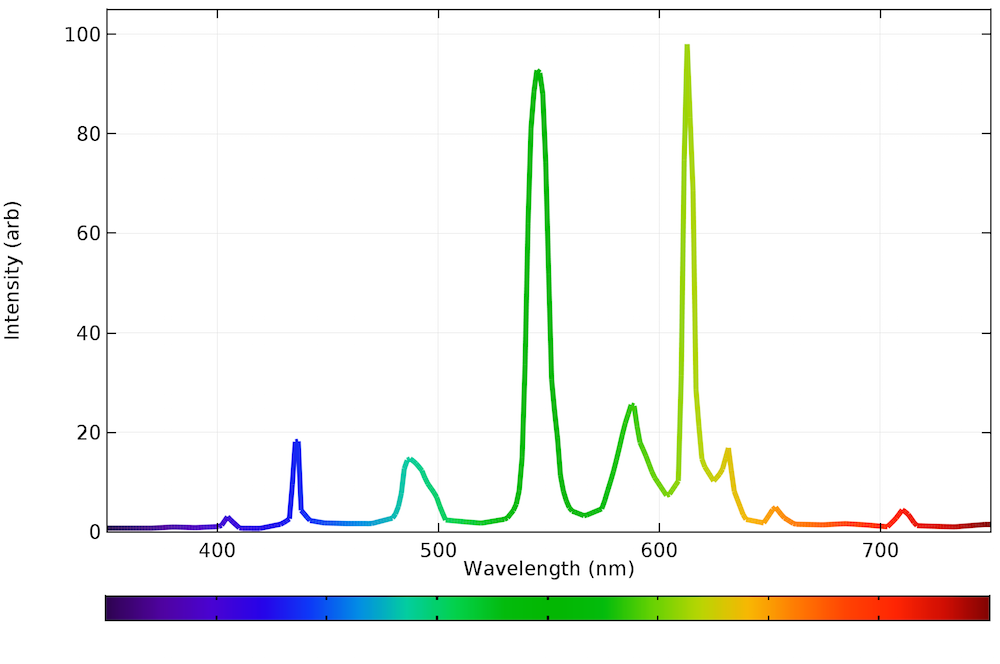
We define quantitative criteria to select good lag measurements and verify their reliability with simulations based on both the damped random walk stochastic model and the re-scaled, re-sampled versions of the observed lightcurves of local, well-measured AGN. We present 25 Mg II lags from the Australian Dark Energy Survey (OzDES) RM project based on six years of monitoring. At $z \sim 1-2$, where AGN activity peaks, the $R-L$ relation is constrained by the reverberation mapping (RM) lags of the Mg II line. The correlation between the broad line region radius and continuum luminosity ($R-L$ relation) of active galactic nuclei (AGN) is critical for single-epoch mass estimates of supermassive black holes (SMBHs). Following the prescription from our previous work, we constrain the physical parameter space to optimize the emission from these LILs and discuss the implication of the use of a "better" SED.
#EMISSION SPECTRA CODE#
Using photoionization code CLOUDY, we assess and compare the contribution of the prominent "Big Blue Bump" seen in our SED versus the SED used in our previous work, wherein the latter was constructed from archival, multi-epoch photometric measurements. We extract the continuum from quasi-simultaneous spectroscopic measurements ranging from the near-UV ($\sim$1200A) to the near-infrared ($\sim$24000A) to construct the SED and supplement it with archival X-ray measurements available for this source. In this paper, we focus on the issue of the spectral energy distribution (SED) characteristic to a prototypical Type-1 Narrow-line Seyfert galaxy (NLS1) - I Zw 1. The origin of this correlation is attributed to the similarity in the physical conditions necessary to emit these lines - especially in terms of the strength of the ionization from the central continuum source and the local number density of available matter in these regions. with respect to the broad H$\beta$ emission line, the latter also belonging to the same category of LILs. These emission lines, especially the singly-ionized iron (Fe II) in the optical and the corresponding singly-ionized calcium (Ca II) in the near-infrared (NIR) are found to show a strong correlation in their emission strengths, i.e. The CaFe Project involves the study of the properties of the low ionization emission lines (LILs) pertaining to the broad-line region (BLR) in active galaxies. Finally, we discuss several applications to active galactic nuclei to illustrate the diagnostic power of the Fe II spectrum and make some predictions for UV observations. We give an overview of general features of the Fe II spectra as their dependencies on the basic parameters of our models (density, flux, microturbulent velocity, the Fe abundance, and Lyα pumping). We present several test cases showing that the atom goes to LTE in the limits of high particle and radiation densities.

The atom is designed to be readily expanded to include more levels and to incorporate more accurate sets of collision and radiative data as computers grow faster and the atomic databases expand. Although we use detailed fits to temperature-dependent collision strengths where possible, in many cases the uncertain approximation is the only source for collision data. We describe our data sources, which include the most recent transition probabilities and collision strengths.

As currently implemented, the atom includes the lowest 371 levels (up to 11.6 eV) and predicts intensities of 68,635 lines. We describe the numerical methods we use to determine the level populations, mutual line overlap fluorescence, collisional effects, and the heating-cooling effects of the atom on its environment. This paper describes the techniques that we have used to incorporate a large-scale model of the Fe+ ion and resulting Fe II emission into CLOUDY, a spectral synthesis code designed to simulate conditions within a plasma and model the resulting spectrum.


 0 kommentar(er)
0 kommentar(er)
